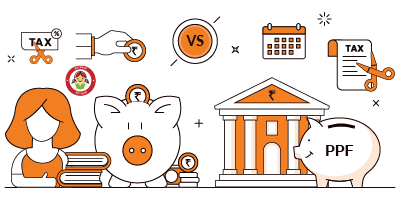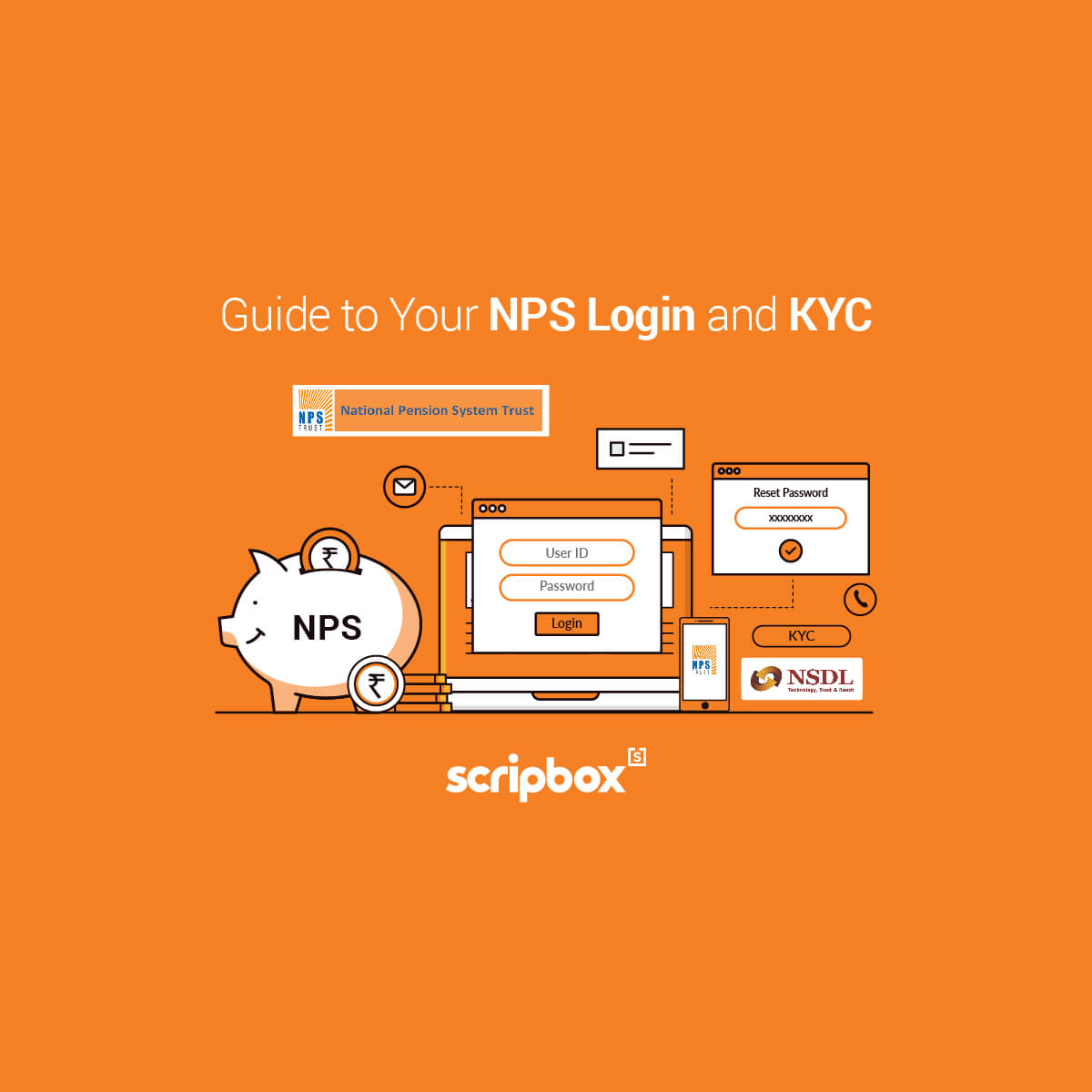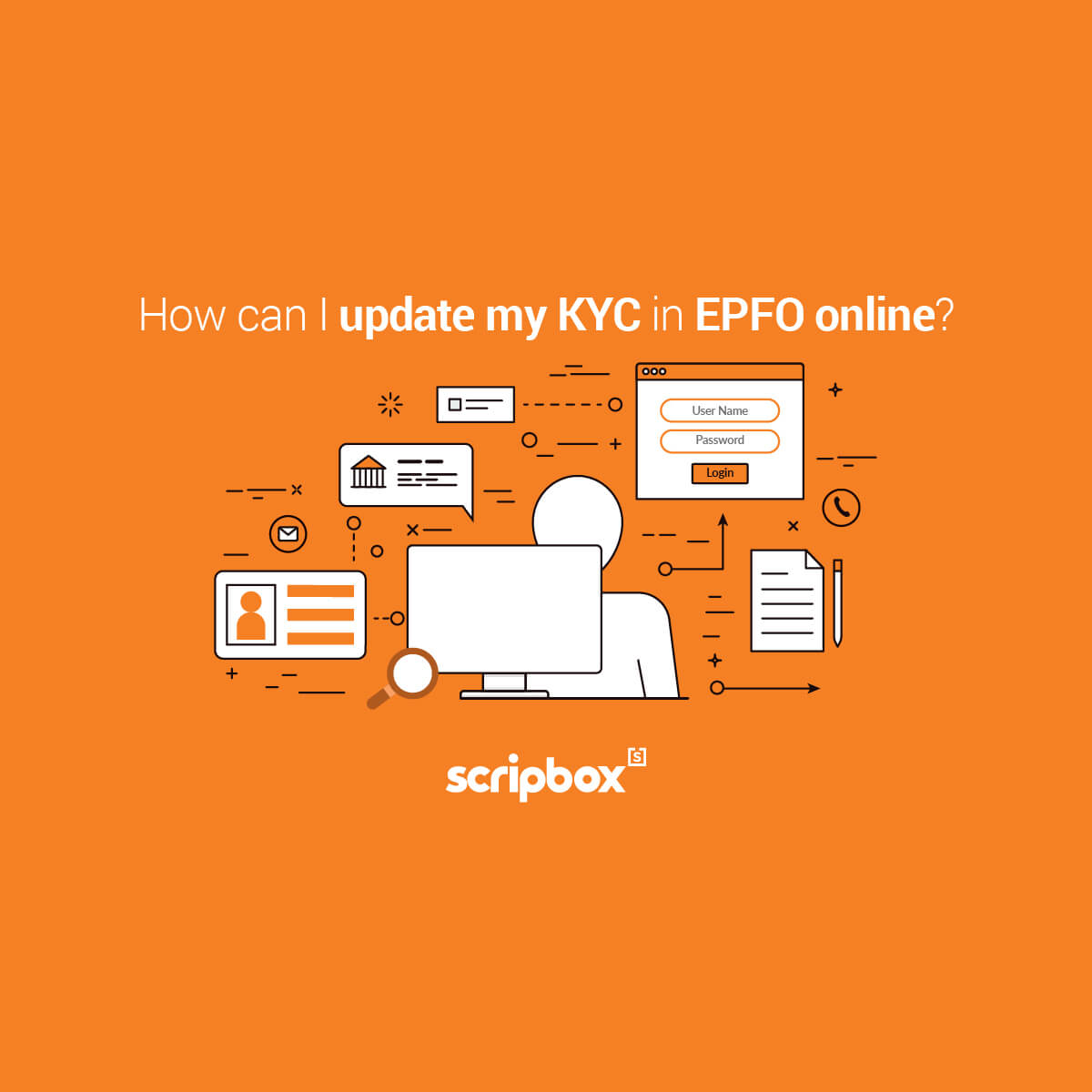Before investing always consider your investment object and whether the option can fulfill it or not. Moreover, a well-informed investment decision will help you in the long run to achieve your investment goals. While evaluating any investment option between (SSY vs PPF) you must always consider its features, benefits, and limitations.
Today, the Sukanya Samriddhi Yojana and Public Provident Fund (SSY vs PPF) are gaining huge popularity among investors. The popularity is higher among investors who want to invest for the long run in a secure scheme along with tax benefits. In this article, we have listed a basic understanding of both schemes along with a comparison to help you understand these schemes.
What is Sukanya Samriddhi Yojana (SSY)?
The sukanya samriddhi yojana (SSY) is an initiative driven by the Central Government to secure the future of a girl child. Our Prime Minister Narendra Modi, Central Government launched this initiative as a part of its ‘Beti Bachao Beti Padhao’ campaign. In order to make this investment savings scheme attractive, the scheme allows a tax deduction under section 80C, along with a higher interest rate.
Features of Sukanya Samriddhi Yojana (SSY)
- Only the guardian or either of the parent can open one SSY account per girl child. The girl child must be of less than 10 years of age.
- The minimum investment you can make is Rs 1,000 while you can invest up to Rs 1.5 lakh as a maximum limit.
- The SSY investment scheme lies under the category of EEE- Exempt, Exempt, Exempt tax category. The investment amount, principal amount as well as interest income is tax exempt.
- The account matures on the occasion of marriage after 18 years of age or the child turning 21 years of age, whichever is earlier
- You can invest up to 15 years in the SSY investment scheme
- The Central Government regulates the interest rate and the interest rate as of October 2025 is 8.20% p.a.
Check out: SSY Calculator
What is a Public Provident Fund (PPF)?
The public provident fund (PPF) is a government-backed investment scheme that helps in mobilizing small savings and build a retirement fund or corpus. Since the Central Government regulates the PPF scheme, the interest is fixed by the government. The existing interest rate is 7.10% p.a.. PPF is a better investment option who investors looking for a long-term investment option along with guaranteed interest income. Any individual can open a PPF account except a non-resident individual NRI. However, an NRI can continue to hold an existing PPF account in his/ her name.
Features of a Public Provident Fund (PPF)
- The minimum investment in the PPF account is Rs. 500 and the maximum is Rs. 1,50,000.
- You can invest for a period of 15 years and extend your investments in blocks of 5 years.
- You can open the PPF account with post offices, nationalized banks, and authorized private banks
- Similar to the sukanya samriddhi yojana SSY, PPF also falls under the EEE- Exempt, Exempt, Exempt tax category. The investment amount, principal amount as well as interest income is tax exempt. You can claim a deduction up to Rs 1.5 lakhs against your investment under section 80C of the Income Tax Act, 1961.
- The PPF interest is compounded annually. The PPF interest is calculated monthly and credited at the end of the year. Since the interest is compounded annually, a longer period of investment would lead to a higher interest income.
- You can avail of a loan against your PPF investment 3rd year to the 6th year of opening the account
- You can also partially withdraw your investments from your PPF account starting from the 7th financial year.
Check out: PPF Calculator
SSY vs PPF
Now that we know about SSY and PPF investment options, let us know about the difference between SSY and PPF schemes.
| Particulars | Sukanya Samriddhi Yojana (SSY) | Public Provident Fund (PPF) |
| Investment Objective | Secure the future of a girl child | Build a retirement corpus |
| Eligibility | Only the guardian or either of the parent of the girl child can open an SSY account and invest | Any resident of India can open a PPF account. The HUFs and companies cannot open a PPF account. An NRI cannot open a PPF but can hold an existing account. |
| Age | The girl child must be 10 years of age or less | A resident of India can open an account on behalf of a minor. |
| Number of Accounts | One account per girl child and a maximum of 2 accounts for a family. | An investor can hold only 1 account. |
| Minimum Deposit | Rs 1,000 | Rs 500 |
| Maximum Deposit | Rs 1.5 lakh | Rs 1.5 lakh |
| How to open an account? | Application to post offices or banks | Application to post offices or nationalized/ private banks |
| Tax Deduction | Investment Amount- Up to Rs 1.5 lakh under section 80C for a financial year Interest Income- Exempt | Investment Amount- Up to Rs 1.5 lakh under section 80C for a financial year Interest Income- Exempt |
| Interest Rate | 8.20% p.a. | 7.10% p.a. |
| Maturity | On the occasion of marriage or attaining the age of 21 years of age, whichever is earlier | 15 years from the year of first investment. You can extend the PPF account in blocks of 5 years. |
| Withdrawal | You can withdraw after maturity. | You can withdraw every year after the 7th years from the first year of investment |
| Loan | Not Available | Available |
| Nomination | Not Available | Available |
PPF vs SSY – Which is better option?
Between SSY vs PPF the selection depends on the investment objective. Both the investment have their own set of benefits, conditions, and features. If your investment objective is to secure the future of your girl child and provide financial stability then you must invest in sukanya samriddhi yojana. However, if you are looking for an investment option to make small savings for the long term you can consider investing in PPF. Well, both these investment options are regulated by the Central Government which makes it a low-risk investment.
Further among these two options, the SSY scheme provides higher interest rate in comparison to a PPF scheme. Now that you are aware of both the investment options along with a quick comparison you must take an informed decision.





























Show comments